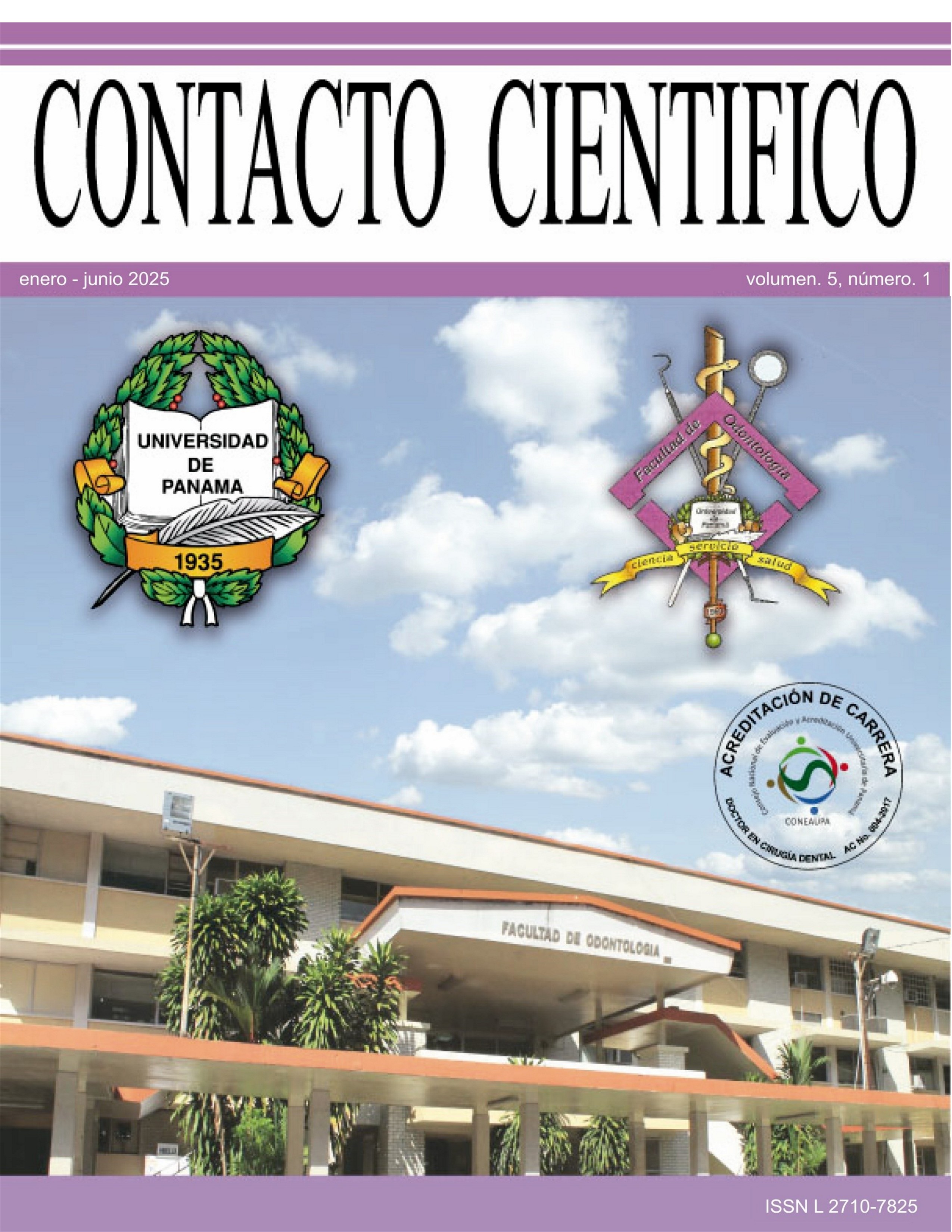

Copyright (c) 2025 Contacto Científico

This work is licensed under a Creative Commons Attribution-NonCommercial-ShareAlike 4.0 International License.
This study examines the applications of digital workflows in dental specialties, identifying the areas of greatest use and the tools employed. A bibliographic review was conducted in PubMed, selecting systematic reviews and meta-analyses published between 2019 and 2024, with open access in the top 25% of indexed journals. Out of 37 initial articles, 13 met the inclusion criteria. Tools such as intraoral and facial scanners, CAD/CAM systems, and 3D printing technologies are widely used in prosthodontics, implantology, orthodontics, and oral surgery, standing out for improving diagnostic precision, treatment planning, and clinical outcomes. However, challenges such as high costs, the need for specialized training, and limited evidence in areas like artificial intelligence hinder their widespread adoption. Despite these challenges, digital workflows continue to revolutionize modern dentistry, enhancing efficiency and patient experience. The studies highlight the need for further research and accessibility to maximize their impact.